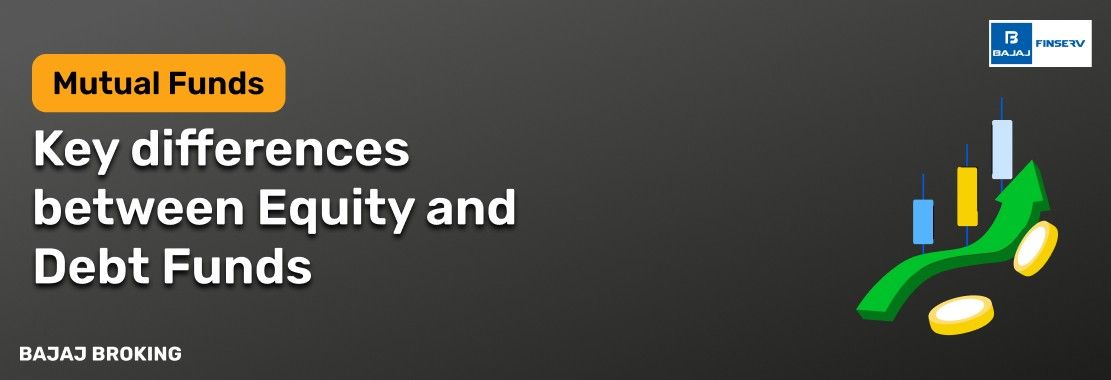Not gonna lie, the first time someone told me to “check a fund’s historical returns before investing,” I nodded like I understood — but in my head? Total fog. I mean, how do you even analyse mutual fund performance? Is it just looking at some five-year return figure and calling it a day? Honestly? That’s what I thought. But turns out, it’s not that simple.
When it comes to mutual funds, performance is layered. It isn’t just about how much money it made. It’s how it made that money, whether it took unnecessary risks, how consistent it’s been — and whether it fits you.
Let’s talk about it — the awkward questions, the confusing numbers, the actual steps. No jargon overload. Just you, me, and an honest look at how mutual fund performance should be analysed.
Understanding Mutual Funds
Right, before we start slicing data and throwing around fancy terms like “Sharpe ratio,” let’s take a breath. What even is a mutual fund?
At its core, a mutual fund is just a professionally managed pool of money from many investors. That pool gets invested in different securities — stocks, bonds, money market instruments, and sometimes a blend of these. The idea is that by pooling money, investors get diversification and professional management, even if they’re investing with ₹500.
Now, here’s the catch: not all mutual funds are created equal. Some are aggressive and invest in small-cap stocks. Some are more laid-back, parking money in bonds. Others go hybrid. Each has its own strategy, and because of that, the way we analyse them differs too.
So no, two mutual funds with 12% returns aren’t necessarily equally “good.” One may have sprinted, the other jogged — and one might’ve had a sprained ankle the whole time.
Factors to Consider Before Researching Mutual Funds
You don’t jump into analysing a fund just because someone tweeted about it, right? (At least, I hope not.) There’s a bit of mental prep needed first. You’ve got to understand yourself before you understand the fund.
Here’s what I mean:
Investment Objective
Are you investing for 3 years or 30? Looking for capital appreciation or regular income? Your goals matter more than a fund’s track record.
Risk Appetite
Can you stomach short-term volatility? Or do dips give you anxiety? This decides whether you even look at equity funds or stick to debt options.
Investment Horizon
Short-term goals may need low-risk funds. Long-term? You might afford some equity drama.
Tax Efficiency
Don’t just look at returns. Consider how they’re taxed. Equity and debt funds are treated differently under capital gains tax.
Liquidity Needs
If you think you’ll need the money in an emergency, a lock-in fund like ELSS might not be ideal.
Costs and Charges
Expense ratio, exit load, hidden charges — these nibble at your returns. Always worth checking.
Honestly, these questions feel like pre-therapy for your financial self. But that reflection? Crucial. It narrows down which funds to even consider.
Mutual Fund Performance Analysis: Key steps for informed investing
Now that we’ve got the “you” part sorted, let’s flip the lens onto the fund. How do you know if a mutual fund is performing well — or just posing for the camera during a bull market?
Let’s break it down.
Historical Returns
Look at 1-year, 3-year, 5-year returns. But don’t worship them. Past performance is not a guarantee of future results. Still, it shows consistency.
Benchmark Comparison
A fund isn’t just running a race — it’s racing against something. Usually an index. If it consistently beats its benchmark (say, Nifty 50), that’s a green flag.
Risk-Adjusted Return
Enter Sharpe Ratio. This tells you how much return the fund delivered for each unit of risk taken. Higher is better — usually.
Standard Deviation & Beta
These measures how volatile the fund is. If your fund’s beta is 1.2, and the market falls 10%, your fund might fall 12%. Gulp.
Expense Ratio
Lower is generally better, but sometimes, higher expense funds outperform, too. So… case-by-case.
Portfolio Holdings
Peek inside the fund. Is it holding quality stocks or junk? Concentrated bets or diversified? This gives you an idea of how the manager thinks.
You don’t need to become a CFA. But understanding these helps you look beyond the glossy “12% returns” banner.
How to Perform Mutual Fund Research?
Here’s where I used to get overwhelmed. So. Many. Platforms. So. Much. Data. I’d open a factsheet and freeze. But over time, I learned to focus on the signals, not the noise.
Here’s a doable research process:
Start with the Category
Decide first: equity, debt, hybrid? Narrow the universe.
Use Credible Sources
Stick to sources like Moneycontrol, NSE, BSE, Economic Times, and LiveMint. Or verified research from the AMC itself.
Check the Fund House Reputation
Is the AMC well-regarded? Transparent? Experienced fund managers?
Look at Assets Under Management (AUM)
Too low? Might lack stability. Too high? Might face flexibility issues. Balance is key.
Read the Scheme Information Document (SID)
I know, it’s boring. But it’s like reading the terms before signing a contract. It’ll tell you everything — strategy, exit load, taxation.
Review Peer Comparison
Compare with similar funds in the same category. You’ll get a sense of how it stacks up.
Track Manager History
Who’s managing the fund? Have they changed recently? That affects performance.
Do this once, maybe twice a year per fund. It’s not fun, but it’s necessary — like checking ingredients before buying a new protein bar.
Additional Read: How To Calculate Mutual Fund Returns?
How to Invest in Mutual Funds Through Bajaj Broking?
Alright, assuming you’ve done the homework and picked your fund — how do you actually invest? If you're using Bajaj Broking, the process is fairly structured and digital-first.
Here’s how it typically goes:
Log in to Bajaj Broking Account
You’ll need to complete KYC first if not already done. This is standard and regulatory.
Navigate to Mutual Funds Section
The platform offers a list of available mutual fund schemes across categories.
Filter Based on Your Preferences
Use filters like risk profile, category (equity, debt, hybrid), AUM size, etc.
Review Fund Details
Click into the fund’s page. Review performance data, benchmark comparison, and historical NAV trends.
Choose Investment Mode
You can go for a lump sum or a Systematic Investment Plan (SIP). Depends on your cash flow.
Confirm & Invest
Once satisfied, enter the amount, review the mandate (especially for SIPs), and confirm.
You can also track portfolio performance, switch funds, or redeem units through the same dashboard.
Conclusion
Here’s the thing: analysing mutual fund performance isn’t about sounding smart or quoting ratios at parties (although, no judgment if you do). It’s about clarity. About knowing why you’re investing in something and whether that choice fits you — your life, your goals, your risk tolerance.
Will you get it right every time? But learning to analyse — rather than guess — builds confidence. The kind that sticks.
Just… don’t skip the process. Even when it feels like a chore. Because understanding your fund is the first step to understanding your financial self. And that? That’s worth every boring fact sheet.





